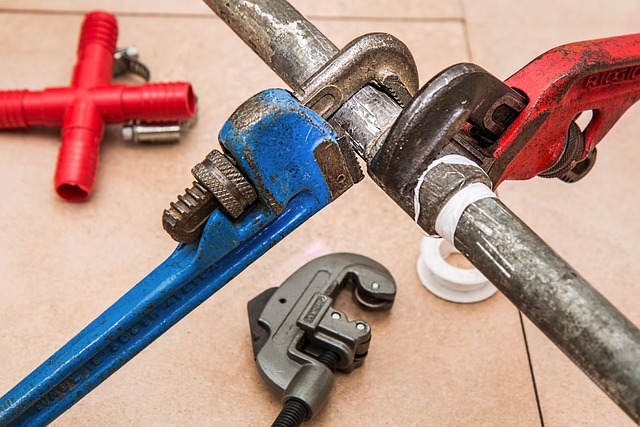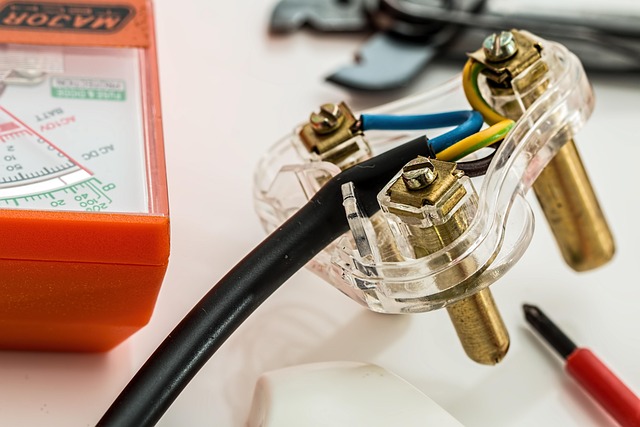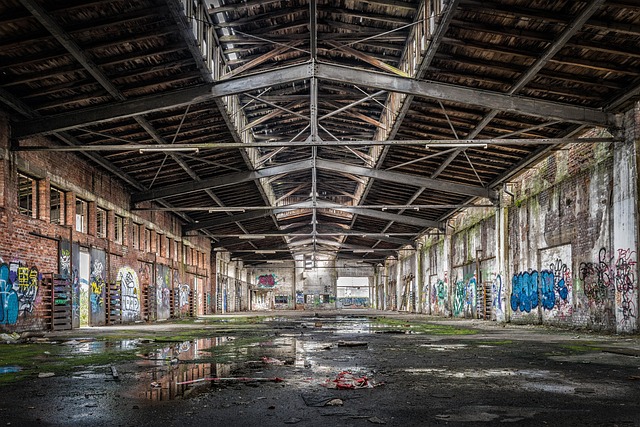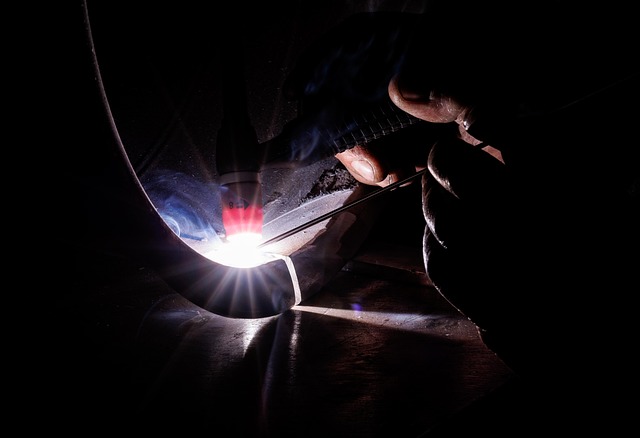While concrete is durable, it faces various damage types over time, including cracks, spalling, and erosion. Early identification of issues like settlement, frost heaving, carbonation, water damage, and structural instability is crucial for effective Concrete Repair. DIY methods are suitable for minor repairs but complex foundation problems require professional expertise. Regular maintenance, including inspections and preventative measures, minimizes concrete damage and reduces repair costs. Concrete Repair enhances property value, protects structures from degradation, and offers long-lasting solutions.
“Concrete repair doesn’t have to break the bank. Discover affordable solutions for common concrete damage with our comprehensive guide. We demystify DIY repairs versus professional interventions, equip you with knowledge about economical materials and tools, and provide a step-by-step manual for simple fixes.
Learn when to escalate complex issues, explore prevention strategies, and gain insights from successful case studies. Additionally, we offer maintenance tips to ensure lasting results. Empower yourself with the knowledge of concrete repair – efficiently and affordably.”
Understanding Common Concrete Damage

Concrete, known for its durability, can still suffer from various forms of damage over time. Understanding these common issues is crucial for effective concrete repair. Cracks, whether hairline or wider, are a frequent concern and can result from various factors like settlement, frost heaving, or excessive thermal expansion. These cracks not only affect the aesthetic appeal but also weaken the structure if left unaddressed. Another prevalent problem is spalling, where sections of the concrete surface break away, often due to chemical reactions or freeze-thaw cycles.
In addition, concrete can become damaged by erosion, especially in areas with high water tables or frequent rainfall. This may lead to bulges, depressions, or uneven surfaces. Furthermore, carbonation, a process where carbon dioxide from the air reacts with the concrete, can weaken the surface over time. Identifying these issues early is key to implementing appropriate concrete repair methods, ensuring longevity and preserving the integrity of structures.
DIY vs. Professional Foundation Repairs

While some minor foundation repairs can be tackled as a do-it-yourself (DIY) project, for more complex concrete repair, professional expertise is often required. Foundation issues such as cracks, settling, or water damage usually indicate a larger problem that may not be readily apparent to an untrained eye. A professional contractor has the specialized tools and knowledge to assess the situation accurately. They can identify structural integrity issues and determine the best course of action, whether it’s a simple patch job or a more extensive rehabilitation project.
DIY methods can be cost-effective for small repairs but may lead to further damage if not done correctly. Professional foundation repairs ensure longevity and stability for your home. Concrete repair specialists use advanced techniques and materials designed specifically for structural integrity, guaranteeing lasting results. This investment is particularly crucial in regions prone to extreme weather conditions or seismic activities, where foundation strength is paramount.
Affordable Materials and Tools for Repair

When it comes to concrete repair, there’s no need to break the bank. Affordable materials and tools are readily available, making minor repairs a DIY project for any homeowner. For smaller cracks and holes, a simple concrete patch or filler can be purchased at most hardware stores. These quick-drying compounds are easy to apply and can restore your concrete surface in no time.
For more extensive damage, rebar, mesh, and liquid cement can be used to create a robust repair. These materials, often found online or at specialty shops, offer long-lasting solutions without the high cost of professional services. With the right tools like trowels, brushes, and mixing palettes, you’ll be equipped to handle various concrete repair tasks, ensuring your outdoor spaces look as good as new without exceeding your budget.
Step-by-Step Guide to Simple Repairs

Reparing a concrete foundation doesn’t have to be complicated or expensive. For smaller cracks and damage, a do-it-yourselfer can tackle simple repairs with the right tools and materials. Here’s your step-by-step guide:
1. Inspect and Prepare: First, assess the extent of the damage. Repair small cracks (less than 1/4-inch wide) using a concrete crack filler. For larger cracks, clean out loose debris and use a wire brush to roughen the edges, ensuring good adhesion for your repair material.
2. Mix and Apply: Follow manufacturer instructions when mixing concrete patch compounds or mortar. Use a putty knife to apply a thin layer over the crack, ensuring it fills the entire length and width. For larger areas, use a trowel to smooth and level the surface, creating a seamless repair.
When to Call in Experts for Complex Issues

While do-it-yourself methods can be cost-effective for minor concrete repair issues, there comes a time when complex problems require professional expertise. Concrete structures, especially those in older buildings or with historical significance, may involve intricate designs, specialized materials, or structural integrity concerns that demand the knowledge and experience of seasoned contractors.
If you encounter cracks that widen over time, uneven surfaces, signs of water damage, or structural instability, it’s crucial to consult with concrete repair experts. They can accurately diagnose the root cause, whether it’s foundation shifts, settlement issues, or underlying structural flaws, and provide tailored solutions using advanced techniques and materials for long-lasting repairs.
Preventing Future Concrete Damage

Regular maintenance is key to preventing future concrete damage. Regular inspection of your foundation and any visible cracks, chips, or signs of erosion should be part of your home upkeep routine. Addressing minor issues early can prevent them from escalating into costly repairs. Concrete repair techniques like sealing, patching, and resealing can protect against moisture intrusion, deicing salt damage, and UV radiation—common causes of concrete degradation.
Implementing preventative measures, such as proper drainage around your foundation to reduce water accumulation, can also significantly prolong the life of your concrete. Additionally, using protective coatings or sealers can shield the concrete from environmental elements, further delaying the need for extensive concrete repair work.
Case Studies: Successful Affordable Repairs

In the realm of home maintenance, concrete repair stands out as a game-changer for homeowners looking to enhance their property’s value and durability. Case studies across various neighborhoods highlight successful affordable repairs that have transformed ordinary structures into vibrant, lasting investments. For instance, in suburban areas, simple yet effective cracks filling and leveling techniques have not only improved the aesthetic appeal of homes but also increased their marketability. These projects often involve using cost-effective materials like epoxy resin injections for deep cracks, providing a long-lasting solution that rivals more expensive methods.
In urban settings, concrete repair has taken on new dimensions with innovative approaches to address structural issues without breaking the bank. One such example is the use of advanced polymeric patches for small to medium-sized holes and spalls. These patches offer exceptional strength and flexibility, ensuring repairs that match the original concrete in durability and appearance. Moreover, their affordability makes them an attractive option for both landlords and first-time homeowners, fostering a community where affordable foundation repairs are not just feasible but also encouraged.
Maintenance Tips for Lasting Results

Regular maintenance is key to ensuring your concrete foundations remain in top condition, preventing costly repairs down the line. Start by regularly inspecting your foundation for any signs of damage or cracks, even minor ones, as they can indicate larger structural issues. Promptly addressing these early can save you from more extensive and expensive concrete repair work later on.
Simple care practices like keeping the area around your foundation clear of debris and moisture will go a long way. Avoid excessive water accumulation near the base by ensuring proper drainage systems are in place. Additionally, applying a waterproof sealer to the surface can create an extra barrier against moisture intrusion, further protecting your concrete from potential damage.
